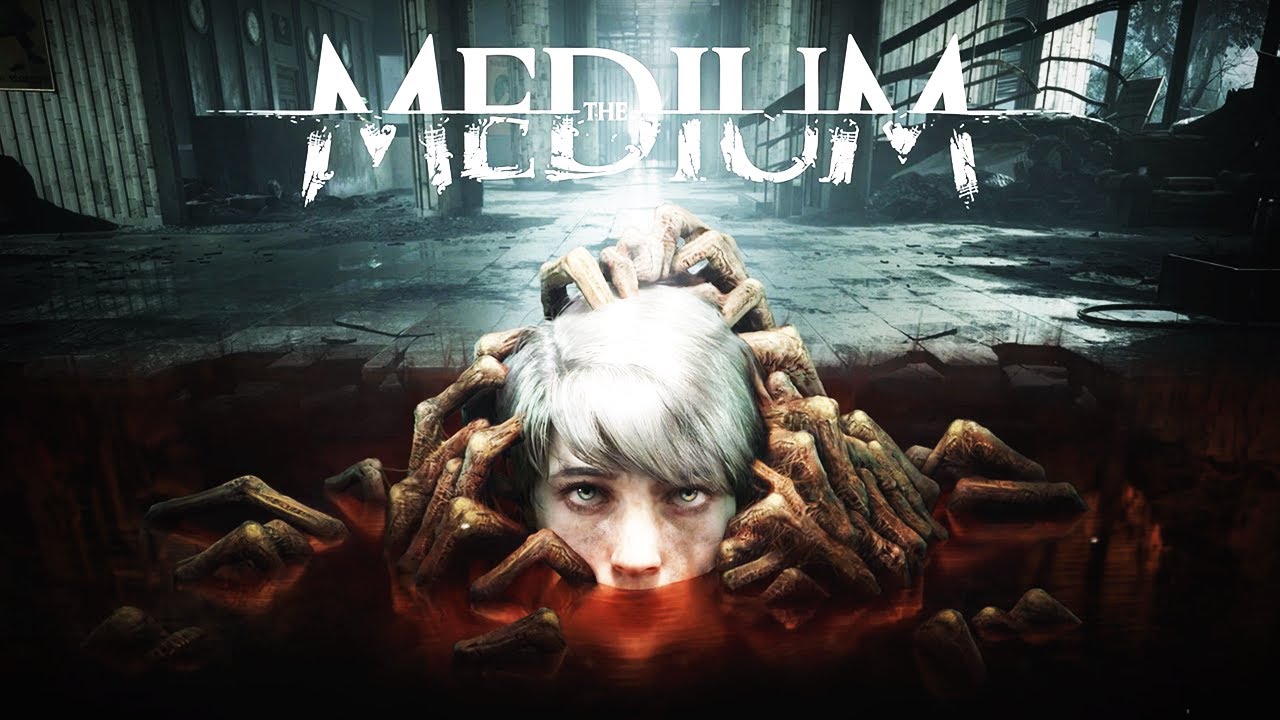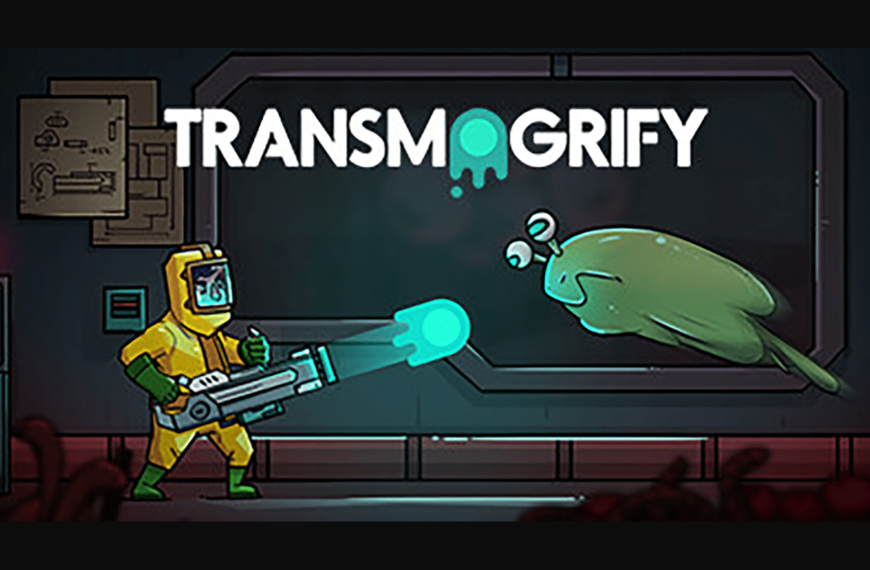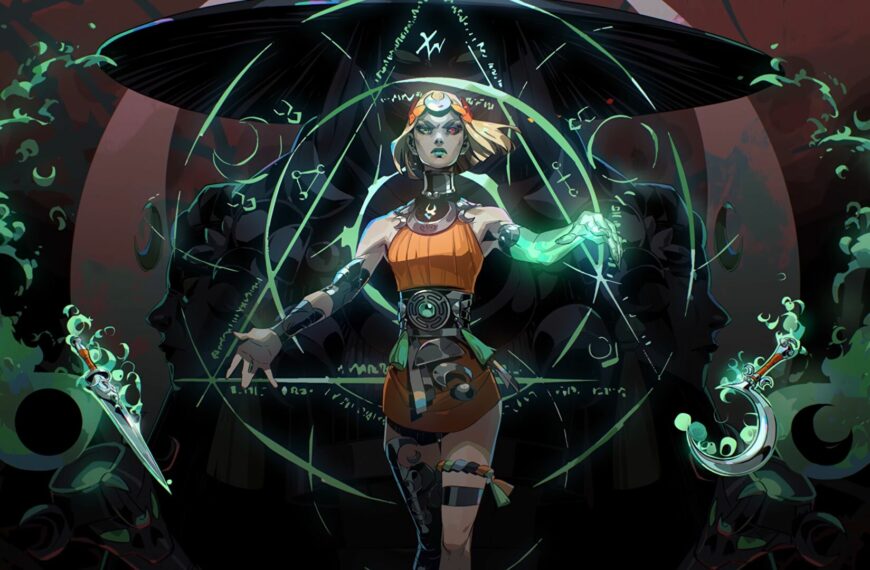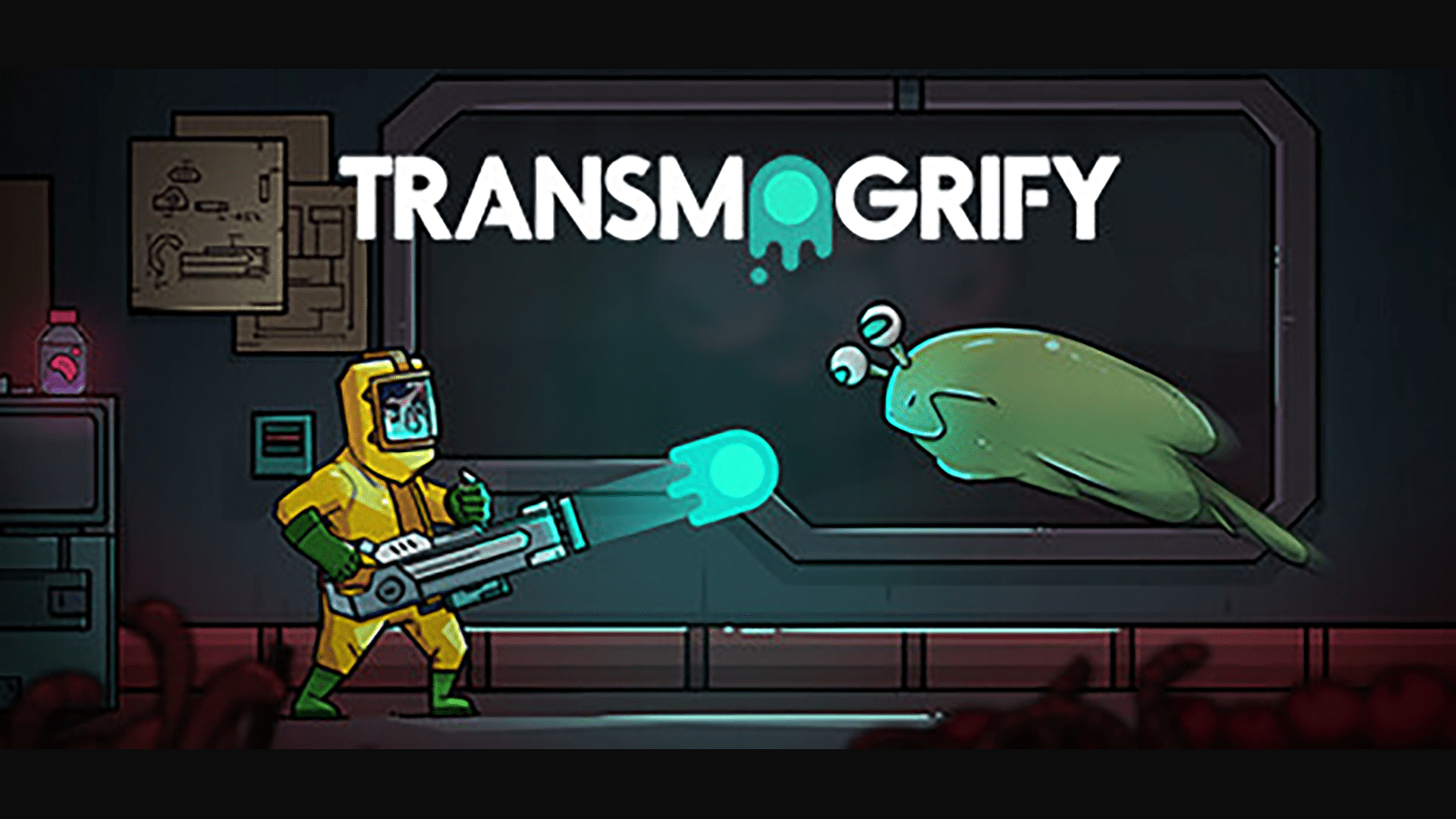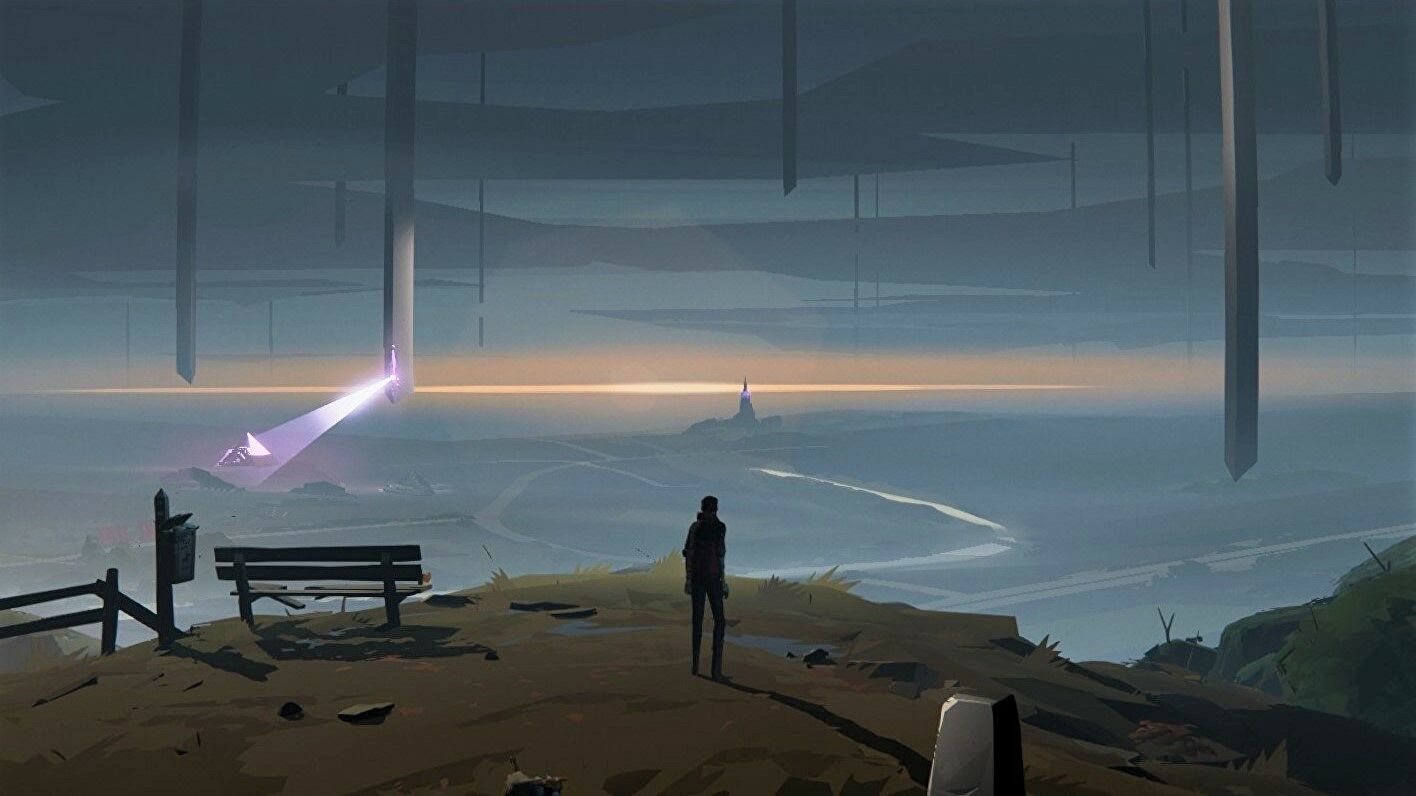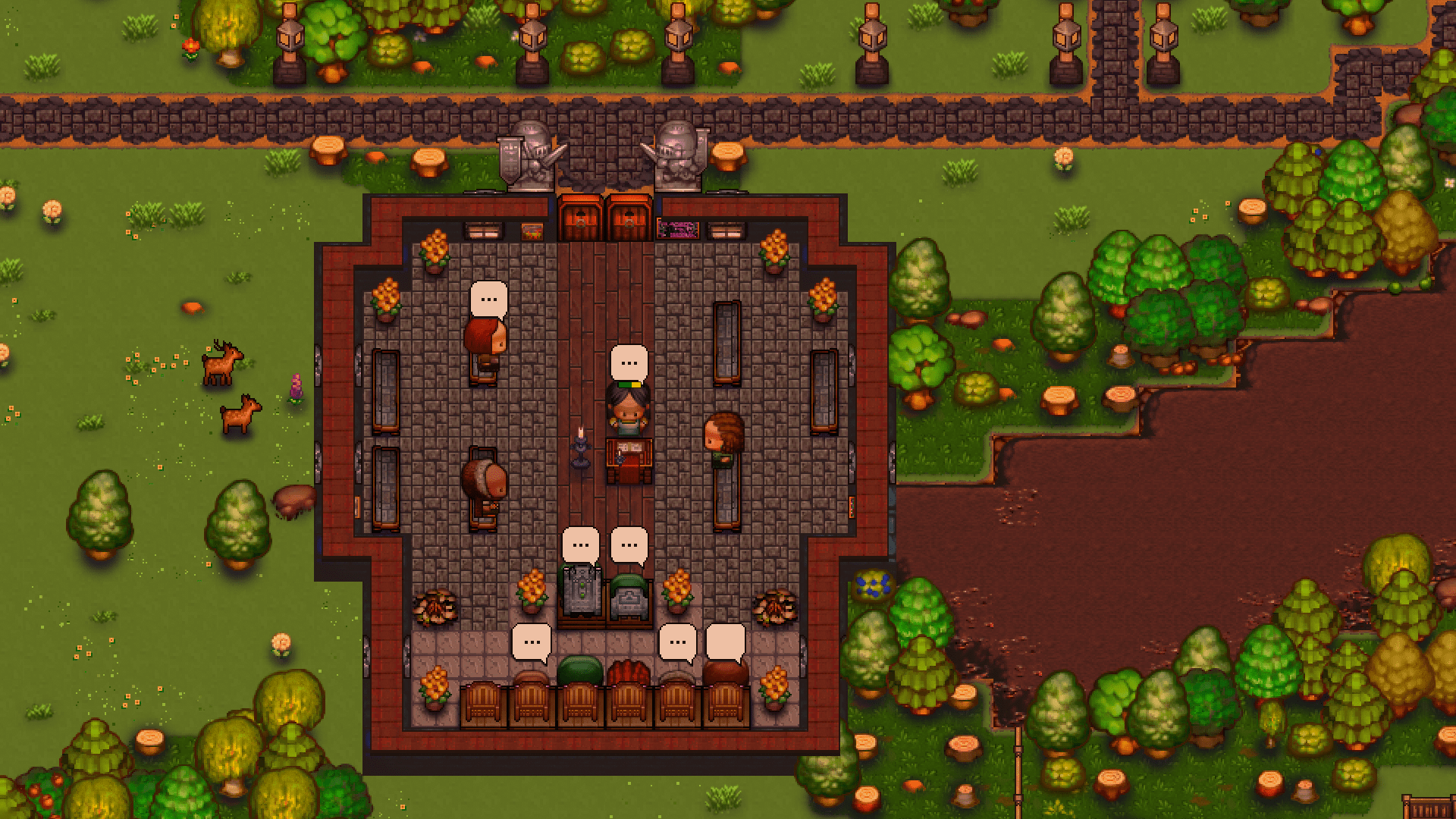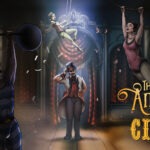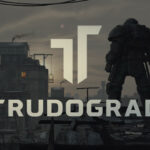Having now played the medium through twice, I can happily say that this is a game that really grows on you, and maybe one that I was looking at wrong when I first picked it up. The Medium is a world that can only be described as Silent Hill if the Otherworld was designed by Zdzislaw Beksinski and the real world is presented like Remedy’s Control. The gameplay is a throwback to classic fixed-camera survival horror, with head-scratching puzzles and tense action; but does it live up to the sum of its parts? When this game was announced I was ecstatic. As a big fan of classic survival horror, and sporting some gorgeous art design, this game seemed made for me. When the time came around, I was there day-one to play what was sure to be my favourite game of the year.
Then I played it… and it thought it was good… and then I forgot about it…
A few months later, I picked it up again, wondering why it hadn’t stuck with me, and now, I think I’ve really come to terms with this game, and whilst I definitely feel more strongly positive towards it now, it’s not without its flaws, so let’s let into it.
From the folks over at Bloober, the small team who continue to make a name for themselves with reliably high-quality horror content every couple of years, comes a blast from the past. In this survival scare-fest we join Marianne, the titular medium, who can travel into the spirit realm. Haunted by the vision of a child’s murder, she travel to an abandoned hotel resort, which many years ago became the stage of an unthinkable tragedy. Now, she must uncover the truth about this place’s past, before it destroys her.

‘This picture… It’s me.’ (Gameplay)
The big selling point of this game is its impressive ‘split world’ premise, and it’s likely the reason that Microsoft bought the rights to this game during production, to show off how powerful their brand new series of Xbox consoles are, but in terms of how it plays into the game mechanically? It’s varied.
Being highly reminiscent of the Silent Hill franchise and its ‘otherworld’, particularly Silent Hill Origins, which allows you to travel between the town and its otherworld using mirrors. That mechanic is replicated during one portion of this game, and in an almost identical fashion has you solving puzzles in one dimension in order to unlock things in the other. But one thing Origins doesn’t do that this game does is knowing when to change up how the otherworld works. In The Medium, the spirit world is sometimes somewhere you’re thrown into with no control, sometimes you switch between the two worlds manually, but for large chunks of the game you experience both worlds side-by-side, which is the most impressive thing this game pulls off. Two fully-rendered game worlds coexisting at the exact same time is no small feat and really helps the game stick out visually, but it does make it hard to know where you’re meant to be looking for a lot of the game.
The split-world exploration and a lot of the puzzles actually work really well. It’s a really well thought-out mix of the classic survival horror feel and modern sensibility. Where the gameplay starts getting weak is with a lot of the surrounding gameplay. Much of the exploration involves hearing the memories of people who lived in the resort by ‘sensing’ spectral energy on items lying around. These show up as glowing ‘cracks’ on these items, and it really doesn’t feel like a great mechanic to use at any point, especially because the audio that plays when you ‘sense’ these ‘cracks’ can last for minutes at a time, and it doesn’t let you leave whilst they’re playing, you just have to sit there and listen, which may not work well for some players.
The game lacks any combat, which works in its favour to differentiate itself from the games that inspired it, but also means the developers needed to find other ways to achieve things like boss fights. Like most of the other things in this game, this is also a mixed bag. Whilst some of these moments of variety can manifest in interesting alternative puzzles in different environments, other times it’s a stealth section, and the stealth is very on-and-off in this game, sometimes functioning great, and sometimes showing off some very broken AI. It’s a shame but like the rest of this game, when it’s good, it’s great. But when it’s not good, it suffers.
It’s important to remember, though, through every step of analysing this game, that it was created by such a small team, yet still manages to feel AAA quality despite its humble roots. The gameplay isn’t perfect, be it because much of it is taken from games released fifteen-to-twenty years ago or because of it’s moderate budget and small team, but it’s also because of those things that it ends up shining and sticking out at all.
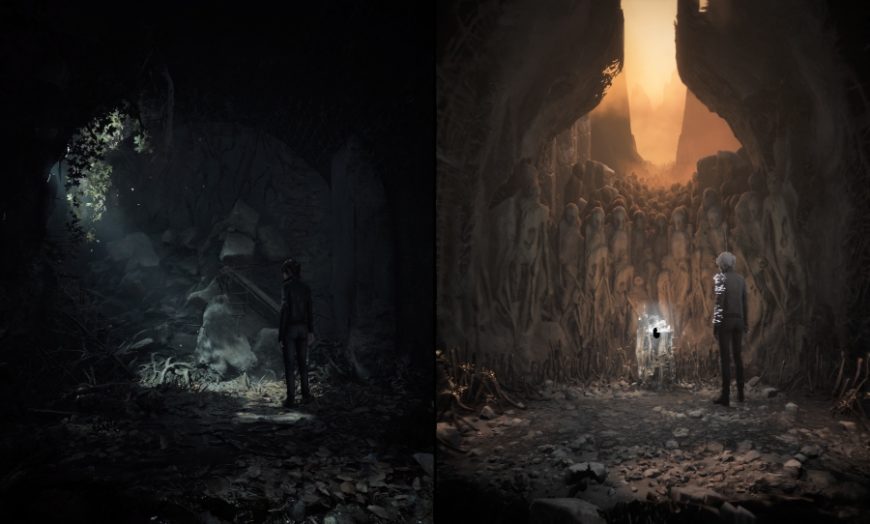
Two sides of the same coin (art)
Have I mentioned the split-world gimmick yet? Well, unsurprisingly it profoundly affects the approach to art design in this game, as does the Silent Hill inspiration. The Medium takes place in 1999, and features two locations, an abandoned resort in post-communism Poland, and the same resort, except twisted into the Zdzislaw Beksinski-inspired spirit world. This artistic inspiration is clear from the get-go; the use of skull-like imagery, materials stretched over every surface that resembles leather or human skin and thin, inorganic structures that make no sense in the natural order. That and the use of colour; harsh, bright browns and stark, bleached oranges, it does a great job of resembling Silent Hill’s otherworld whilst still remaining different, unique and interesting on its own. An interesting artistic tidbit of this otherworld is the look of the ghosts. Whilst for the most part they look how ghosts tend to look, they all wear shiny porcelain masks. This creates an uneasy uncanny valley feeling to all of them, it stops us seeing more than one of their emotions clearly, and with no eyes to see it gives a clear message that these aren’t people, just husks that have yet to move on. These masks stand out against the Beksinskian backgrounds of the spirit world and make the spirits feel alien inside it, really hammering home that they’re not meant to be there.
Also Read
Transmogrify PC Review: The Best Way To Defeat An Enemy
Transmogrify is a game with a strong central idea let down by a shoddy execution resulting in an experience that is…
Defy the Gods as a Witchy Moon Goddess in Hades 2
Supergiant announces Hades 2 for 2023 at the 2022 Game Awards. The sequel promises dark sorcery, witchery, and more frenetic roguelike…
And on the side of the living, the real world, an abandoned resort is a fantastic setting, clearly inspired by decrepit and desolate places in the real world, of which there is plenty of imagery to be found online. The imagery of decrepit, unkempt man made structures is quite stark. Cracking concrete with vines crawling up every wall, and dust filling every room. Where these two diametrically opposed art styles create the fantastically-contrastic split-screen moments; this is, again, extremely impressive, especially here with the incredible level of detail that every environment is rendered in. For my second playthrough I played this game on a huge 4k screen, and it really bought out the amazing level of sheer intricacy that every object and texture holds. It makes it all the more impressive that this game can even run on any hardware. I was playing this on my PC and it didn’t take a hit during the split-world sections, which just boggles my mind as to how this was achieved on a technical level.
The art design of this game is nearly infallible, and besides the odd animation glitch that any game could fall prey to, the characters, enemies and objects are all brought to life stunningly. The only major problem almost feels ironic, like the ultimate non-issue; but when juxtaposing these two highly-designed spaces next to each other it becomes hard to know where I’m meant to look, how am I meant to know where my focus should be at any given point in these sections, when things on either side of the screen are as important as each other.
Other than that, this game suffers from a lack of variety, which is also something Beksinski is often criticised for. During the course of the eight-to-nine hours that you’ll spend with this game, the resort and the spirit world tend to be unchanging. There are times where things are different, for instance delving into the memories of one of your enemies, but for the most part it’s a lot of the same, which is a shame. In a game where there’s clearly so much visual talent present it would have been nice to really see all they could do, instead of just this one thing.
As a final note on the artistic side of this game, I wanted to take a moment to talk about the music. It features what Bloober have called a ‘dual soundtrack’; one for the living world and one for the spirit world. The living world is scored by Bloober Team’s own Arkadiusz Reikowski, whilst the spirit world is brought to death by Silent Hill longtime composer and producer, Akira Yamaoka, as if I needed to prove that the game is inspired by Silent Hill. This soundtrack split works really well to create a lot of the game’s sonic atmosphere. You could likely tell me, just by listening to the game, which tracks were which composer, and that’s a good thing, it helps make the spirit world and the real world feel truly disconnected from each other, bought together only by the one thing they share, The Medium herself, Marianne.
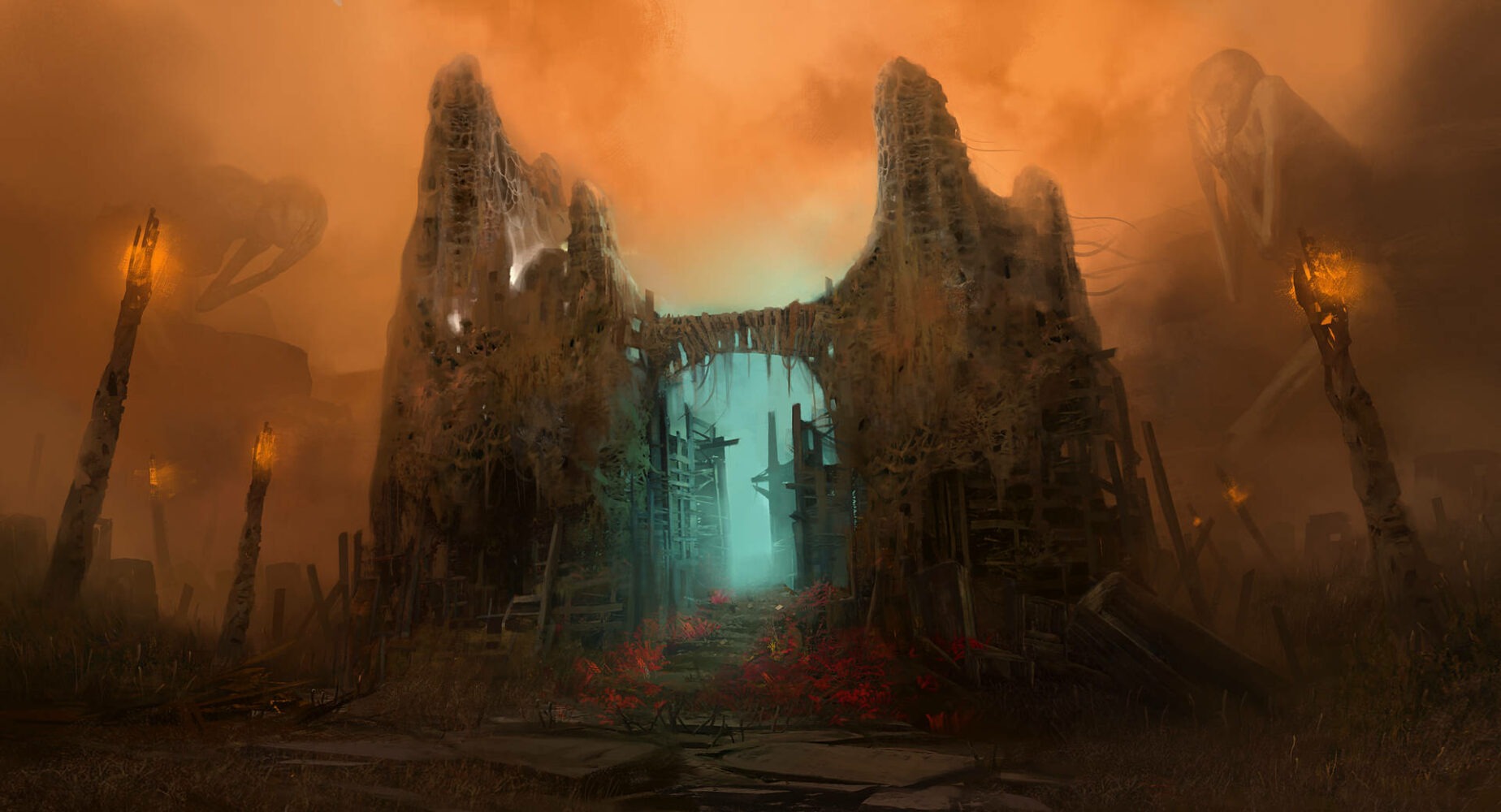
A tale of two realities (Story)
The course of the game sees many twists and turns, particularly in its final third and, honestly, the story is where this game struggles the most. The issues with the gameplay and minor art design issues are all minor flaws that can be explained away by the size of the dev team, the budget, and the time they had. The story, however, is another… story.
In the moment, the moment-to-moment, the story is engaging and pulls you through, but I would struggle to tell you any meaningful plot points that occur in the first six hours of this eight-hour endeavour. This isn’t a huge loss, the game isn’t trying to have the most deep or complex story for the most part, it’s unobtrusive and does the job it needs to in order to keep the momentum going. So when, in the last couple of hours, it begins having more story, and more cutscenes, and more emotive character moments, it feels somewhat unearned. It’s not bad by any means, but it comes somewhat out-of-nowhere. Big character twists and reveals that don’t feel properly built up to.
Let’s take a step back, other than being published by Microsoft, this was made by a relatively small game, and is still at the scale of an indie title, this is a hugely impressive game that Bloober Team deserves celebration for this game, And I very much enjoyed my time with it, and it really scratched an itch I had for a game with a unique visual selling point.
I want to rate this half a star higher but I just can’t bring myself to do it.
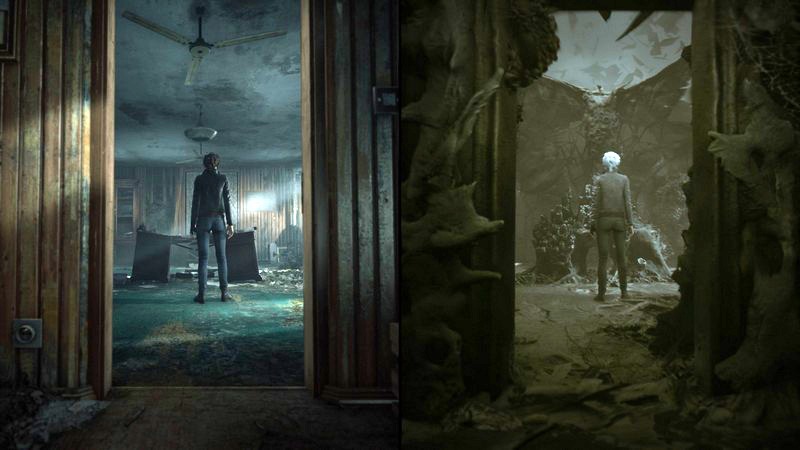
Conclusion
Once again, let’s take a step back, other than being published by Microsoft, this was made by a relatively small team, and is still at the scale of an indie title, this is a hugely impressive game that Bloober Team deserves celebration for. I very much enjoyed my time with it, and it really scratched an itch I had for classic survival horror, and a game with a unique visual selling point. It’s a game that, even when nearing a year after its release, and even after two playthroughs, I’m still very torn on. It has a lot going for it, but ultimately comes together in a package that I feel will sadly end up being forgettable. All I’m hoping for is a sequel that perhaps delivers on the potential that this game sets up.
Our Rating
Gameplay
Art & Graphics
Narrative

